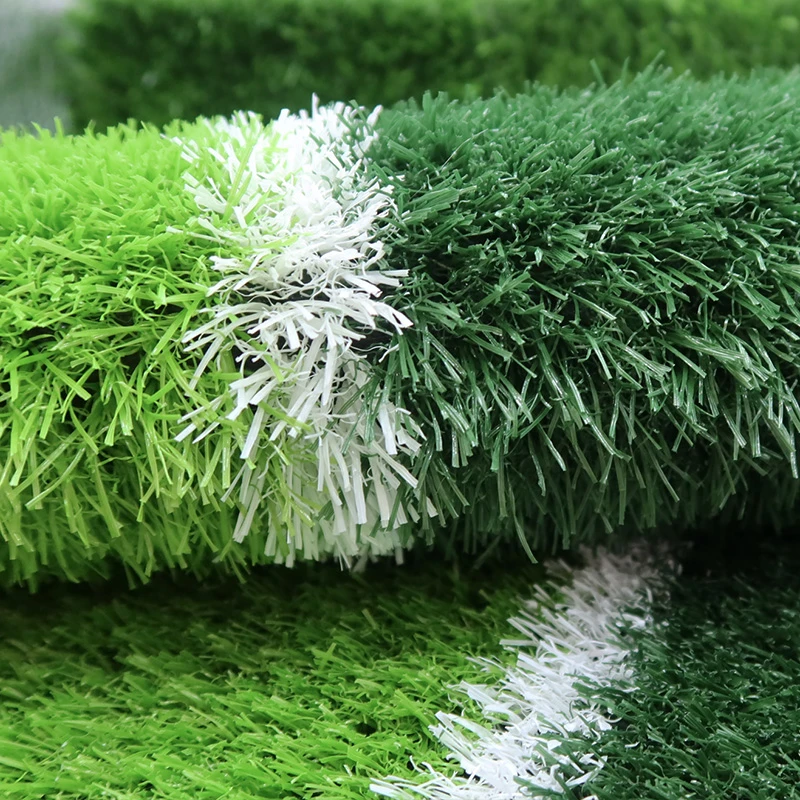
- Afrikaans
- Arabic
- Belarusian
- Bengali
- Czech
- Danish
- Dutch
- English
- Esperanto
- Estonian
- Finnish
- French
- German
- Greek
- Hindi
- Hungarian
- Icelandic
- Indonesian
- irish
- Italian
- Japanese
- kazakh
- Rwandese
- Korean
- Kyrgyz
- Lao
- Latin
- Latvian
- Malay
- Mongolian
- Myanmar
- Norwegian
- Persian
- Polish
- Portuguese
- Romanian
- Russian
- Serbian
- Spanish
- Swedish
- Tagalog
- Tajik
- Thai
- Turkish
- Turkmen
- Ukrainian
- Urdu
- Uighur
- Uzbek
- Vietnamese
artificial grass for cricket ground
Nov . 17, 2024 13:53 Back to list
The Evolution and Benefits of Artificial Grass for Cricket Grounds
Cricket, often dubbed as a religion in many parts of the world, has a rich history and a complex set of regulations governing its play. To ensure the best possible experience for players and spectators alike, the quality of the cricket pitch plays a critical role. Traditionally, cricket grounds have utilized natural grass, but the advancement of technology has led to the introduction of artificial grass, which has been gaining popularity in recent years. This article explores the evolution of artificial grass for cricket grounds, its benefits, and its implications for the future of the game.
The Shift from Natural to Artificial Grass
Traditionally, cricket pitches were prepared using natural grass, which required significant maintenance. Factors like weather conditions, soil quality, and consistent upkeep made it a challenge to maintain a high-quality playing surface. Rain could lead to muddy pitches, while extreme heat could dry out the ground—creating an unpredictable playing environment that could hinder the game. In light of these challenges, the shift to artificial grass has presented itself as a viable solution.
The first artificial grasses were introduced in the late 20th century, primarily used in sports like football and hockey. However, as the technology improved and the quality of synthetic materials advanced, cricket grounds began to adopt artificial surfaces. Today’s synthetic turfs are designed to mimic the playing characteristics of natural grass and can withstand various weather conditions, ensuring a reliable playing surface year-round.
Key Benefits of Artificial Grass for Cricket
1. Consistency One of the most significant advantages of artificial grass is its ability to provide a consistent playing surface. Unlike natural grass that can vary due to wear and weather, synthetic pitches maintain the same level of quality, enabling players to perform at their best without the unpredictability of varying conditions.
2. Reduced Maintenance Maintaining a natural grass cricket pitch requires regular mowing, watering, fertilizing, and pest control. Such maintenance can be labor-intensive and expensive. In contrast, artificial grass requires minimal upkeep—occasional cleaning and brushing are usually sufficient to keep it in good condition. This not only saves time but also reduces the operational costs for cricket clubs and organizations.
artificial grass for cricket ground

3. Durability Artificial grass is designed to withstand the rigors of play without losing its structural integrity. This durability makes it an effective choice for multi-use facilities where cricket matches are played alongside other sports. The longevity of synthetic surfaces means lower replacement costs over time compared to natural grass.
4. Safety Modern artificial grass is engineered with player safety in mind. The surfaces are designed to provide adequate shock absorption, which can reduce the likelihood of injuries. Furthermore, the risk associated with muddy or uneven natural pitches is eliminated, creating a safer environment for players.
5. Weather Resistance Cricket is often rain-affected, leading to match cancellations or delays. Artificial grass allows for immediate play after light rainfall, reducing downtime and ensuring that tournaments and practice sessions can proceed as scheduled.
6. Environmental Considerations While there are valid concerns regarding the environmental impact of synthetic materials, advancements are being made to develop eco-friendly options. Some modern artificial grass products are made from recyclable materials and designed to minimize environmental degradation.
Challenges and Considerations
Despite its numerous benefits, the adoption of artificial grass is not without challenges. Some purists argue that playing on synthetic surfaces lacks the authenticity and charm that natural grass provides. Additionally, the initial installation cost of artificial turf can be significant, although the long-term savings on maintenance often balance out this investment.
Conclusion
The incorporation of artificial grass into cricket grounds signifies a major evolution in the sport's infrastructure. As the game evolves, so too must the surfaces upon which it is played. With its numerous benefits—consistency, reduced maintenance, durability, safety, and weather resistance—artificial grass is proving to be an advantageous choice for cricket grounds around the world. As we look toward the future, it is evident that synthetic surfaces are not just an alternative but may very well become the standard for cricket pitches, revolutionizing the way the game is played and enjoyed.
-
The Benefits of Artificial Turf for Indoors
NewsJul.15,2025
-
How Artificial Grass Suppliers Ensure Quality Products
NewsJul.15,2025
-
Artificial Grass and Pets: A Space for Relaxation
NewsJul.08,2025
-
Balcony & Outdoor Decoration with Artificial Grass
NewsJul.08,2025
-
Best Indoor Artificial Grass for Home
NewsJul.07,2025
-
Best Pet Turf for Dogs: Safe & Durable Artificial Grass Options
NewsJul.07,2025
Products categories









